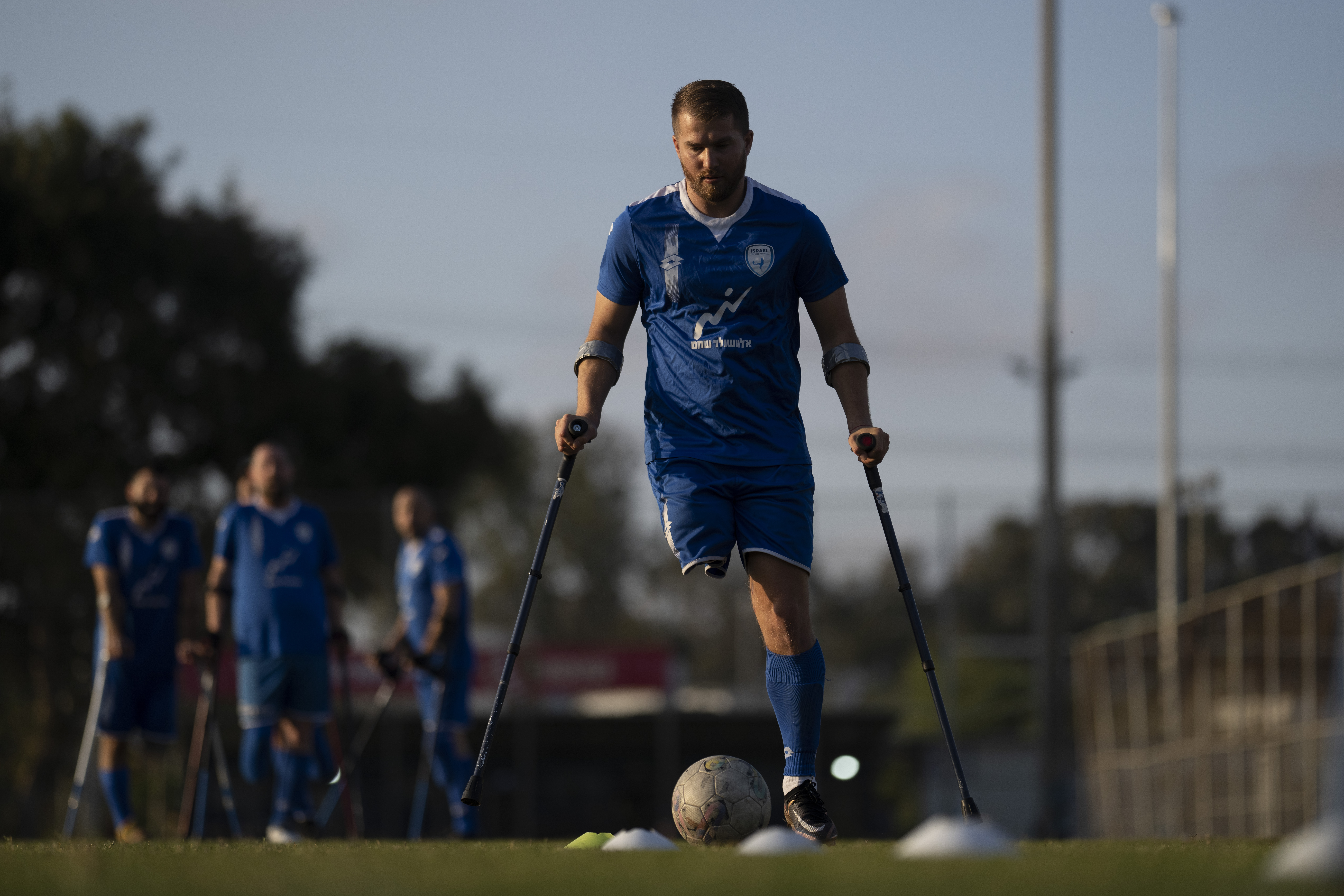A small gyrocopter that flew through miles of the nation's most restricted airspace before landing at the U.S. Capitol was "indistinguishable" on radar from non-aircraft such as a flock of birds, a kite or a balloon, the head of the Federal Aviation Administration said Wednesday.
FAA Administrator Michael Huerta told a House committee that the slow-moving gyrocopter appeared as an "irregular symbol" on radar monitored by air traffic controllers. Huerta and other officials said the small, unidentified object did not pose an apparent threat before landing on the Capitol's West Lawn April 15.
Forensic analysis conducted later identified a slow-moving object that traveled about 70 miles from Gettysburg, Pennsylvania, to the U.S. Capitol. Officials now believe that was the gyrocopter. A dot representing the gyrocopter "appeared only intermittently throughout the flight," Huerta said.
Navy Adm. William Gortney, commander of U.S. Northern Command and North American Aerospace Defense Command, or NORAD, said officials did not have the ability to shoot down the aircraft before it landed, contradicting testimony from Capitol Police Chef Kim Dine.
Asked directly if the copter could have been shot down, Gortney said no.
"We did not have a detection," he told the House Oversight Committee.
Dine testified earlier that Capitol police saw the copter "seconds before it landed" on the Capitol lawn and could have shot it down but chose not to do so, in part because of the potential danger to tourists and other bystanders.
U.S. & World
Dine called his officers' actions "heroic" and said police "quickly approached the individual and arrested him" as soon as the copter landed.
Rep. Jason Chaffetz, R-Utah, chairman of the oversight panel, said the contradictory testimony showed a breakdown in communication among the various agencies that protect the nation's capital and its airspace. Representatives of seven agencies attended Wednesday's hearing.
"It took them two weeks to try to get their story straight, but it's still in conflict," Chaffetz said after the hearing. With so many agencies sharing responsibility, "Who's going to take the shot if need be?" Chaffetz asked.
Chaffetz said he walked out of a closed-door briefing last week believing that Capitol police officers "had guns trained on the copter" while it was still in the air. Now, he said he is not sure.
"I have real questions," he said in an interview, adding that he wants to speak directly with Capitol police officers involved in the incident response.
From what he has been told, the copter pilot "started off in the north," went over the John F. Kennedy Center for the Performing Arts, past the Lincoln Memorial and Washington Monument and into airspace surrounding the White House before landing on the Capitol lawn, Chaffetz said. "Unbelievable," he said.
Gortney told the committee that small aircraft such as gyrocopters represent a "technical and operational challenge" for NORAD and the military to detect and defend against.
The gyrocopter incident "has further confirmed the need to continue to improve our ability to identify low-altitude and slow-speed aerial vehicles" operating in the skies above the nation's capital, Gortney said.
Dine said police were contacted just before 1 p.m. EDT by an employee of the Tampa Bay Times, who said a local man was flying a gyrocopter to the Capitol as a form of protest. No time or date information was provided regarding the flight, Dine said.
The newspaper employee later identified the pilot as Douglas Hughes and said that Hughes told the newspaper he had received permission for the flight from the U.S. Secret Service and Capitol Police, Dine said. No such permission was granted by either agency, according to Dine and Secret Service Chief Joseph Clancy, who also testified at Wednesday's hearing.
The newspaper employee said Hughes was providing a live feed of the flight on his website, but officials were unable to find the feed if it existed, Dine said.
At 1:21 p.m., just before the landing, a reporter approached a Capitol police officer and asked if he had seen a "helicopter" yet, Dine testified. He was told no.
The vehicle landed at 1:23 p.m.
"The extremely short time frame" between a lockdown order issued after the gyrocopter was identified and the vehicle's landing made it impossible to notify members of Congress in advance, Dine said.
Paul Irving, the House Sergeant at Arms, said he has ordered Dine to use an official notification system to alert lawmakers, staff and visitors of "events that could potentially be a threat" to the Capitol.
Capitol police notified senators but not House members of the lockdown, Irving said. "I have ordered the chief never to allow this to happen again," he said, referring to the lapse in notification.
Hughes, 61, of Florida, was arrested upon landing and charged with violating restricted airspace and operating an unregistered aircraft. His next court appearance is May 8.
Chaffetz has said that Hughes is "lucky to be alive" and "should have been blown out of the air."
A combination of "lack of communication and some human error" by Capitol police and other officials allowed Hughes to steer his tiny aircraft across 30 miles of restricted airspace to within a few hundred feet of the Capitol before landing on the West Lawn, Chaffetz said.



